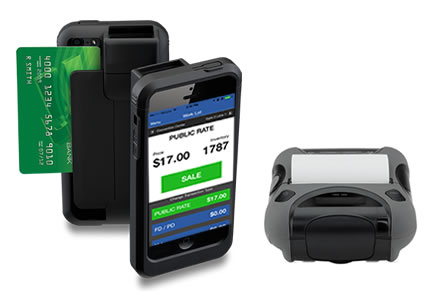Challenge
Solution
Additionally, I decided to use the Star Micronics SM-t300i Bluetooth mobile printer for receipt printing. I then wrote an app that connected to the printer via Bluetooth and to the Linea via the iPhone’s lightning port. The app would only process transactions after checking that the printer was connected and able to print receipts. Pre-purchased vouchers were downloaded to the app before an employee’s shift and uploaded on redemption using a store-and-forward technique in case internet connectivity was lost at any point.
Ace Parking now uses this system in lots across several cities. The system has processed several million dollars in transactions.
Insights
Also, the project required the use of a Mobile Device Managment solution (MDM) as the only efficient way to make sure that all devices were configured appropriately. This also allowed us to lock down devices to prevent their unauthorized use.
Technologies and Methods
| Requirement | Solution |
|---|---|
| Mobile Device Management | Profile Manager & Air Watch |
| Mobile Printing | Star Miconics |
| Mobile Point of Sale | Linea Pro 5 |
